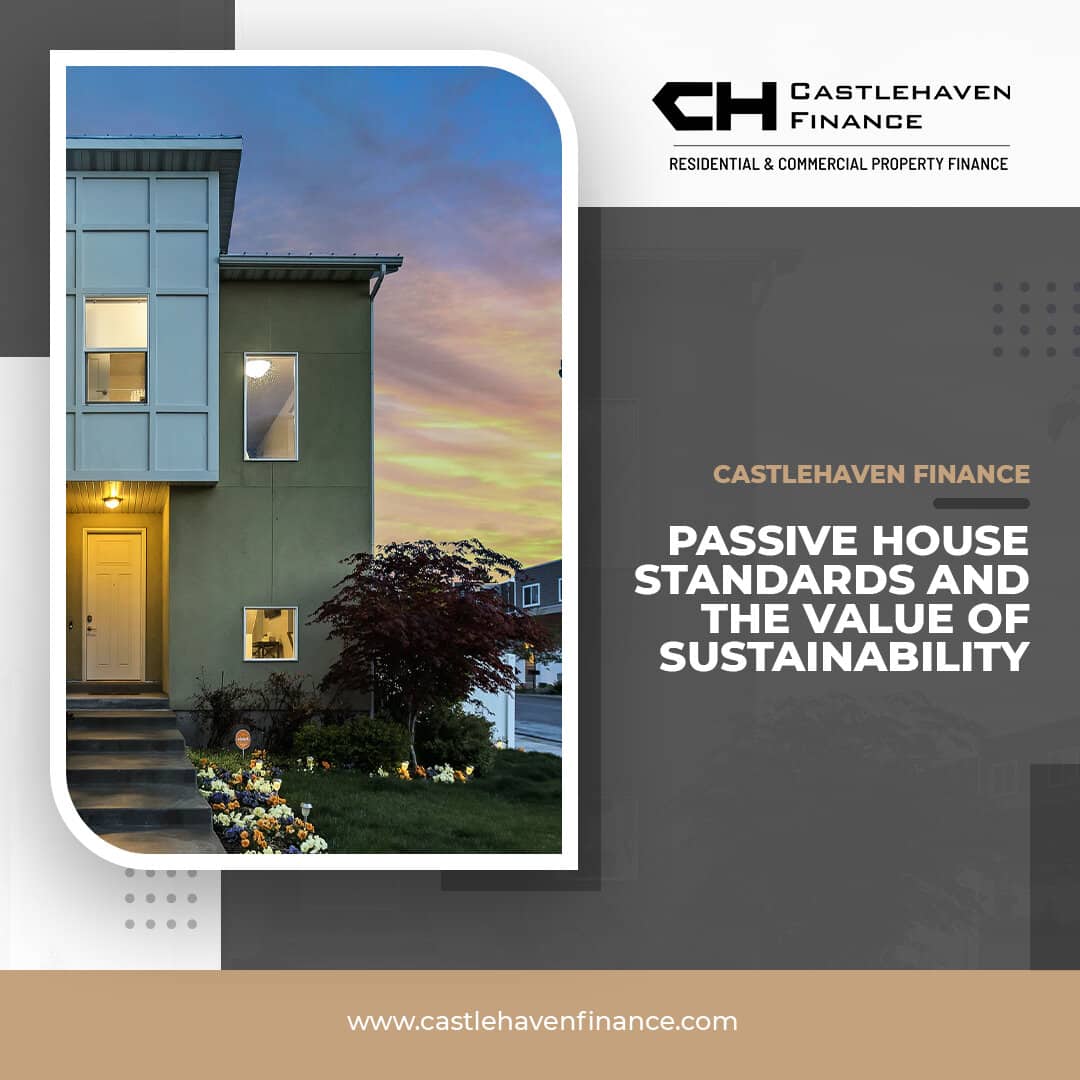Passive House Standards and the Value of Sustainability
Passive House Standards and the Value of Sustainability
It has been more than three decades since Bo Adamson and Wolfgang Feist developed the concept of a Passiv Haus, or Passive House. Realising that domestic heating and cooling were the main contributors to modern energy use, the two professors collaborated and came up with the idea of a super-insulated home with a tightly controlled internal atmosphere.
And, while the name ‘Passivhaus’ sounds somewhat inactive, the reality is that these energy-efficient, sustainable buildings are actively changing the landscape of homebuilding for the better. Passive houses can expect to see energy savings of up to 90 percent compared to traditionally built homes.
For a building to be considered a passive house, it has to meet a set of exacting standards developed by the International Passivhaus Association (IPA). Among these are:
-
An annual heating or cooling demand of less than 15kWh/m2 or 10W/m2
-
Less than 120KWh per square metre total energy consumption per year
-
Living spaces that maintain temperatures of 20-25°C for 90% of the year
-
At most, 0.6 air changes an hour, eliminating heat loss and drafts
Structures that satisfy all of these standards are eligible for ‘Passivhaus,’ certification, meaning it utilizes passive factors like insulation, ventilation, and sunshine. The passive house certification tells prospective buyers that a home is good for the environment as well as for their pockets. Whereas traditional buildings are heated and cooled on demand, the philosophy behind a passive house is to maintain a stable internal atmosphere. Whether it is the middle of summer or the dead of winter, a passive house will always maintain an optimal comfortable temperature.
This is achieved through several non-traditional construction principles:
Superior Airtightness
Airtightness is all about eliminating unwanted gaps, holes, and cracks in a building’s construction where air can escape or move in. In a traditional building, these seemingly minor annoyances can lead to a 50 percent loss in heat and make controlling the internal atmosphere of a home problematic. In a passive house, these leakages are taken entirely out of the equation.
Thermal Insulation
While your average home will feature some form of thermal insulation, this pales in comparison to the standards employed in a passive house, which keeps internal temperatures steady. By careful consideration of material use, room corners, joins, and connections, a passive house also reduces the amount of thermal bridges in the overall structure, thereby eliminating unintentional air getting or or escaping from the property.
Controlled Ventilation
In a passive home, at least 75 percent of the air that would usually be lost through traditional ventilation passes through heat exchangers. This air has already been heated up by our body temperature and through the sun’s heat. The upshot of this exchange is that fresh air coming in is effectively preheated before entering the property, keeping temperatures comfortable.
Specialised Glazing
The windows of a passive home are typically triple or quad-glazed and large. This leads to the home collecting and trapping more of the sun’s heat. This process is known as solar gain and is vital to passive housing. Ideally, passive houses are south facing, maximizing the amount of sun the property gets through the day.
While passive houses have traditionally not been all-that concerned with aesthetics, this trend is now changing with sustainability no longer incompatible with user comfort or luxury. In both the single-occupancy, multi-family, and commercial markets, thanks to advancements in material technology and construction techniques, we are now seeing passive houses that are architecturally stunning. And with visual appeal now keeping pace with energy efficiency, it makes sense for environmentally-conscientious home buyers to consider a passive home.
With offices in Dublin and Cork, Castlehaven Finance has provided development finance for both private and social housing to developers, builders and project owners across Ireland in excess of €1.7 billion (200+ loans) since 2014. Speak to the Castlehaven Finance team about your next commercial or residential development project https://www.castlehavenfinance.com/contact
